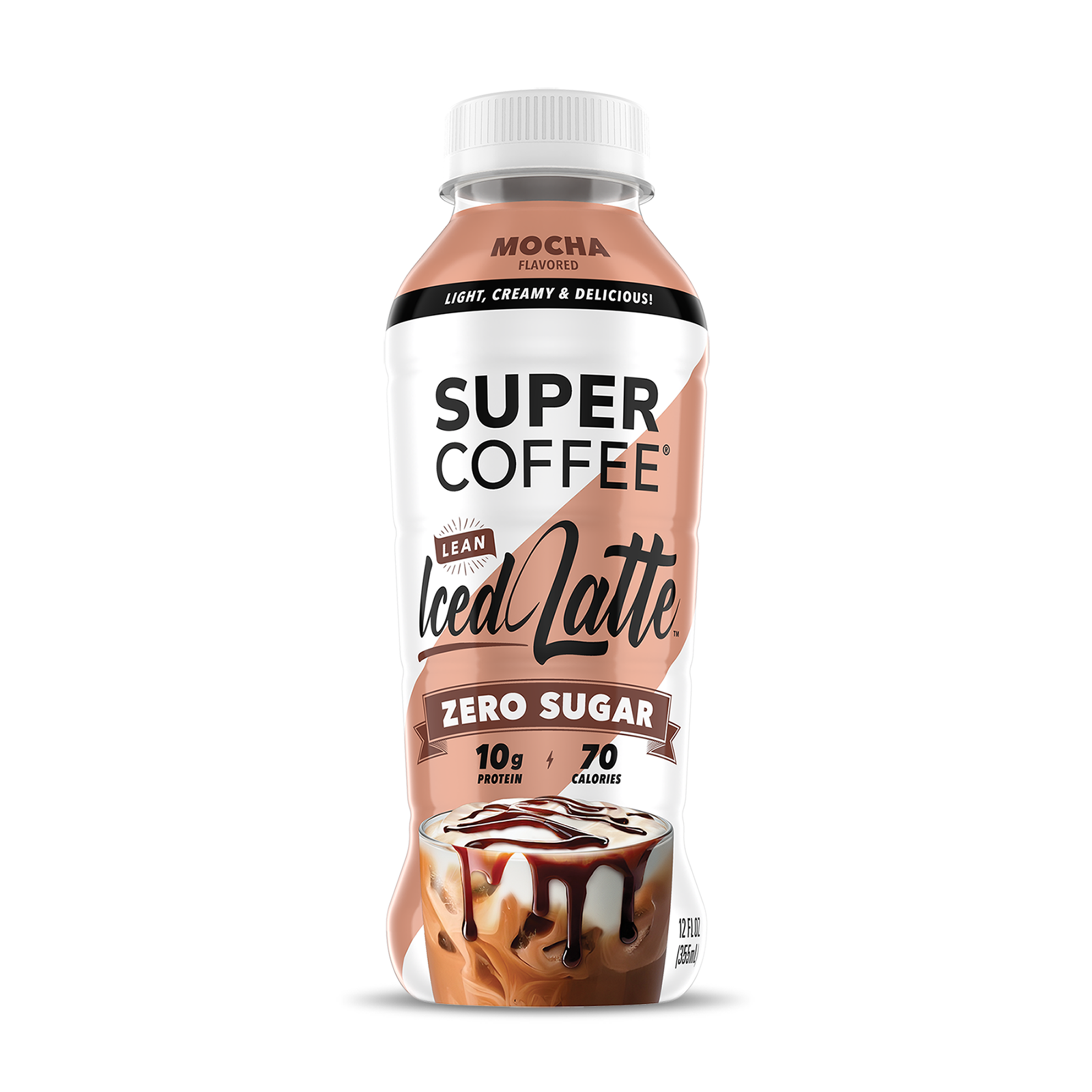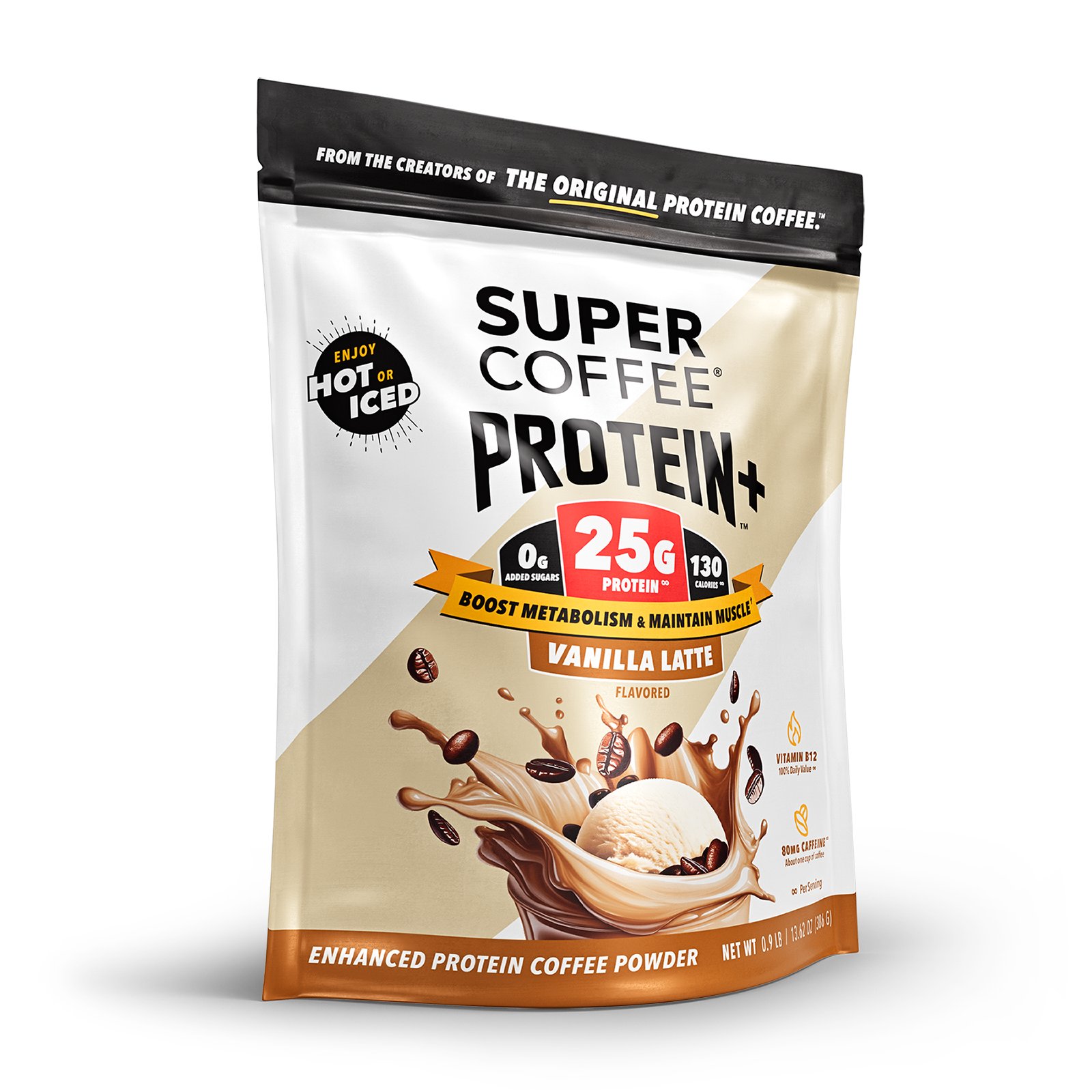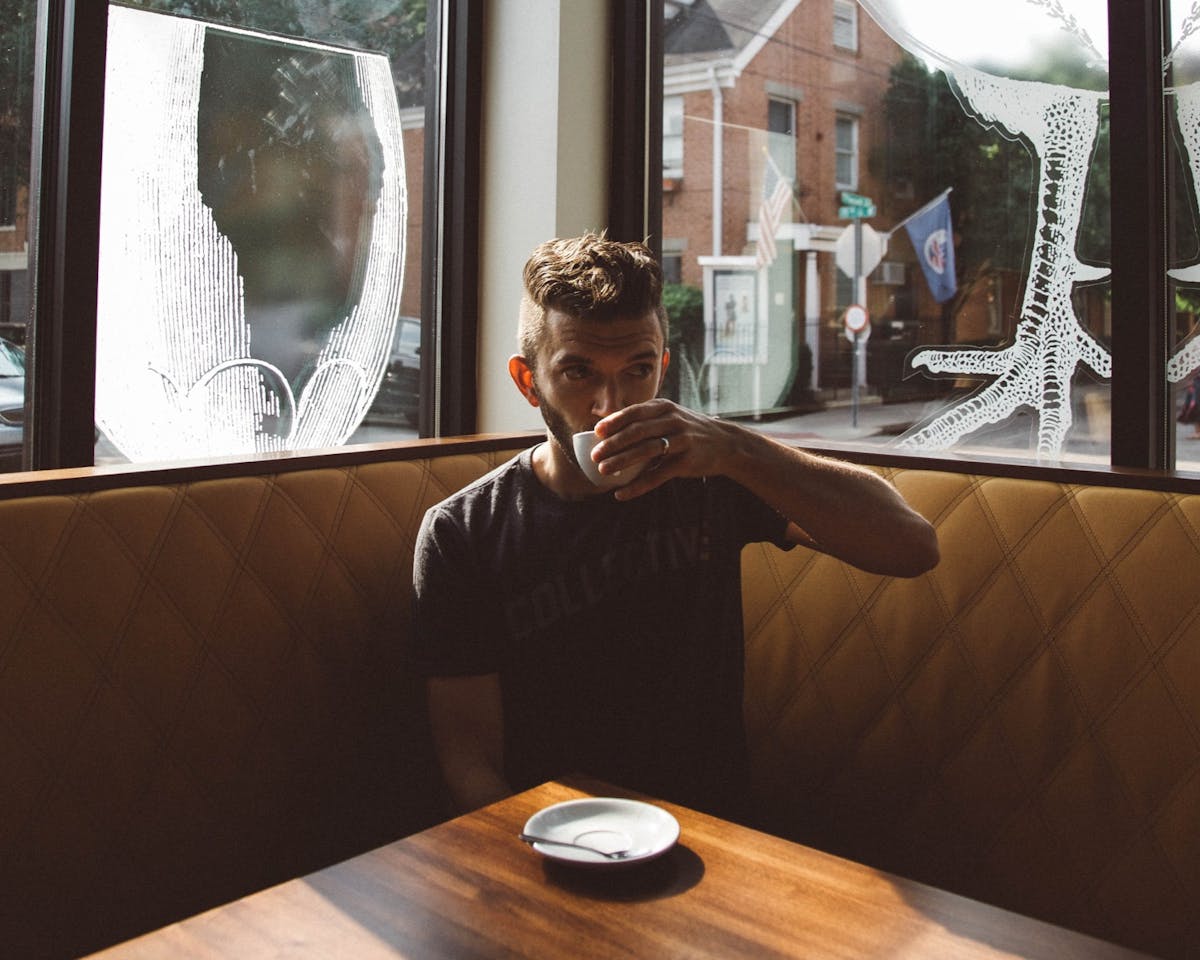Your cart is empty
Some people only drink coffee in the morning after a long night of partying. Some limit their caffeine intake to an occasional cup of coffee or tea after a terrific meal. And there are those who only indulge if they’re making a special trip to Starbucks for a caramel macchiato, an iced white chocolate mocha or a pumpkin spice latte.
Statistics show, however, that those folks are the exceptions. Nearly two-thirds of Americans drink coffee on a daily basis, and the average adult enjoys (or at least, drinks) more than three cups of coffee a day.
Why do most of us drink so much coffee – or other beverages like tea, caffeinated soft drinks or energy drinks? For some, it may be the taste. For the majority, though, it’s because the effects of caffeine only last a few hours at most. Those who use caffeine to counteract tiredness or to get an energy jolt need to replenish their bodies’ caffeine’s levels regularly, in order to keep the buzz going.
(If it sounds like we’re talking about drug users – we are. Caffeine is actually the world’s most popular psychoactive drug.)
It’s easy to make an educated guess, from experience, at how long caffeine lasts in the body.
But we’re not in the business of educated guesses. We prefer facts. And here they are.
Why is Caffeine in Food and Beverages?
In most cases, it occurs naturally. Caffeine is found in dozens of plants, most of them native to South America, Africa and South Asia. The ones we’re most familiar with, of course, are the coffee plant (which produces coffee beans), Camellia sinensis plants (better known as tea plants), and the cacao plant (which produces the cocoa beans that are turned into chocolate). Other sources of caffeine include kola nuts, guarana berries, guayusa and yerba mate.
(Fun fact: those plants evolved over the years to contain caffeine primarily because it’s a terrific insect repellent.)
Your eye may have caught a mention of kola nuts in that list, and you might have wondered if that’s why cola (and other sodas) contain caffeine. Not exactly. That used to be the reason, but many decades ago, beverage makers stopped using kola nuts to make Coke, Pepsi and similar beverages. They’ve substituted synthetic caffeine instead.
You can probably guess why. Beverage makers claim caffeine is used as a flavor enhancer, but it’s really there because people became acclimated to drinking soda for an energy boost. Synthetic caffeine is used in energy drinks and shots as well. The good news: natural and artificial caffeine are chemically identical and produce the same effects. The rest of the good news: the synthetic version is safe to consume.
Not surprisingly, each beverage and food contains a different amount of caffeine. What you may not realize, though, is that different varieties of caffeinated foods and beverages also have different caffeine levels.
Coffee
Caffeine content depends on a wide variety of factors ranging from the type of coffee beans used and where they’re grown, to grind size, brewing time and temperature.
The average eight-ounce cup of brewed coffee contains 96 milligrams of caffeine, a shot of espresso averages 64mg of caffeine, eight ounces of instant coffee contains about 62mg, and there’s about two milligrams in eight ounces of decaf coffee. (Yes, decaffeinated coffee still contains a little residual caffeine.)
Tea
Even though black tea, green tea and white tea are all made from the same type of tea leaves, green and white tea contain less caffeine, about 28mg. (The exception is matcha, made from powdered tea leaves, which contains 70mg per eight ounces.)
Black tea has almost twice the caffeine because its leaves are oxidized before they’re packaged or used. Herbal teas, with the exception of guayausa and yerba mate, contain no caffeine.
Chocolate
The darker the chocolate, the more caffeine it contains. Dark chocolate has about 12mg of caffeine per ounce, while milk chocolate contains half that amount. White chocolate doesn’t contain caffeine because it’s made from cocoa butter, not cocoa solids.
Soda and Energy Drinks
The amounts of caffeine in soft drinks and energy drinks vary widely because the caffeine isn’t naturally present; it’s added “after the fact.” For example, a 12-ounce can of Coke contains 34mg of caffeine and Pepsi contains 37mg, but Mountain Dew boasts 54mg.
Energy drinks are engineered to contain more caffeine – sometimes, a lot more. For example, Red Bull has 111mg of caffeine in a can, but Rockstar and Monster Energy contain 160mg per can. Looking for a bigger caffeine boost? There are 316mg in Redline Xtreme, and an amazing 350mg in Spike Hardcore Energy. Energy shots brands vary in caffeine content as well, but they average around 200mg.
What Caffeine Does in the Body
All of those numbers are interesting, but they’re important as well. The more caffeine you put into your system, the longer its effects on your body will last.
Caffeine is a stimulant that interacts with both the central nervous system (CNS) and the brain’s signaling system. Some have compared its effect on the CNS as being similar to cocaine or amphetamines, because it causes the release of dopamine and serotonin, some of the hormones and neurotransmitters that stimulate positive feelings. Caffeine also stimulates the release of the “fight-or-flight” hormone adrenaline. Even more important, though, is the way that caffeine interacts with adenosine receptors in the brain.
Adenosine is similar to a neurotransmitter, carrying messages throughout the body and brain. To deliver those messages, it binds to adenosine receptors; the receptors are responsible for converting the messages into electrical energy that generate actions in the body.
But here’s what’s important: caffeine can act just like adenosine, binding to the same receptors in the brain – and when they do that, they block adenosine molecules from binding to the receptors and delivering their messages.
The body releases more and more adenosine as the day wears on. Normally, it would tell the body to relax and get more tired, and it would moderate the body’s level of dopamine, serotonin and adrenaline. But since caffeine prevents adenosine from delivering those messages, the body stays awake, alert – and juiced. (You may also have to urinate more often, because caffeine acts as a diuretic when consumed in high amounts.)
Caffeine’s effects don’t last forever, of course. Eventually, adenosine is again able to reach the receptors. That’s why you may feel your heart rate and blood pressure return to normal, and you may begin to get sleepy, as the caffeine buzz wears off. It’s simply adenosine telling your body to relax.
If you don’t put more caffeine into your system, you may experience caffeine withdrawal symptoms about 12-24 hours later (remember, caffeine is a drug). These side effects are usually benign, like irritability and lack of focus, but they can also include serious headaches and even muscle pain.
How long does caffeine stay in the system, and how long does it keep you awake and alert before its effects begin to wear off? Those are both excellent questions.
How Long Does Caffeine Last?
Caffeine stays in the body for about ten hours. After 15-30 minutes the user can feel caffeine affect the body; its effects reach peak levels after about an hour, and remain at full effectiveness for another two to three hours. It’s during this period that caffeine can make people feel energized, and when they may develop the jitters.
Caffeine won’t work quite as long for those accustomed to routinely-high daily caffeine consumption, however, because they’re likely to have developed a caffeine tolerance that lessens the stimulant’s effects.
Even though it won’t always be at peak effectiveness, caffeine will have some effect on the body for a total of about five to six hours. That represents the so-called half-life of caffeine, when half of it has cleared the system. It takes the body at least ten hours for the body to fully process caffeine, but most people won’t notice the stimulant’s effects after its half-life has passed. The exception: those with caffeine sensitivity, who are likely to feel the stimulant’s effects much more acutely, and metabolize it much more slowly.
Healthcare professionals’ advice to stay away from caffeine within six hours of bedtime is well-founded, and supported by experts like the American Academy of Sleep Medicine. Their research confirms that most people have trouble sleeping until the caffeine’s half-life has passed.
Is Caffeine Bad For You?
Not unless you consume too much of it. The Food and Drug Administration (FDA) says that up to 400 milligrams of caffeine per day is fine for most healthy adults. That amount represents approximately four or five cups of coffee.
In fact, a moderate amount of caffeine doesn’t just keep you awake. It may also be good for your health and wellness. Caffeine has been shown to improve mood, it’s believed to enhance cognitive performance, it may help with fat burning (important for dieters) and exercise performance, and it appears to benefit heart health.
Every rule has exceptions, and there are few for caffeine consumption levels. Even though caffeine may help ease the pain of headaches, some migraine sufferers have found that even moderate amounts can be a migraine trigger. Pregnant women and those who are breastfeeding should limit consumption to the equivalent of two cups of coffee per day, and those who suffer from high blood pressure should also be careful.
If you are in any of those categories, consulting your doctor is always a good idea.
Blog posts
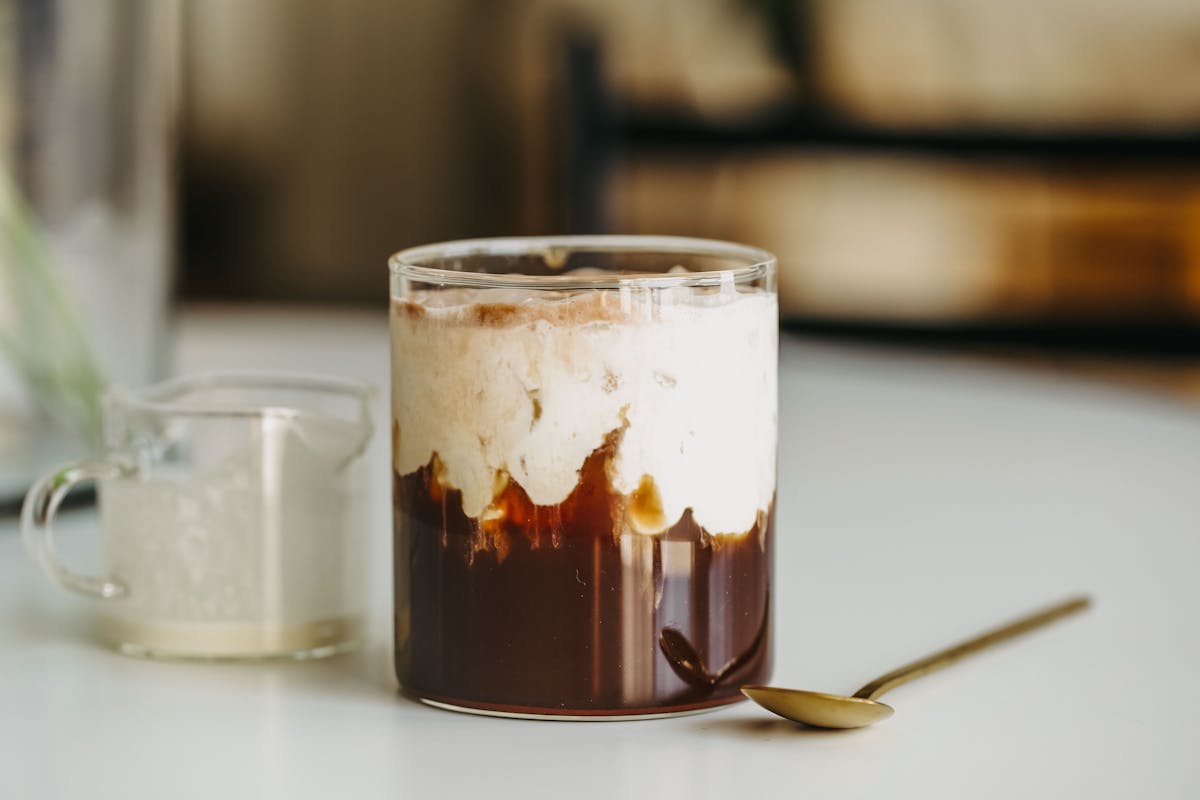
Cold, creamy and delicious - This chocolatey cold brew recipe is the perfect treat to kickstart your morning! The Recipe Chocolate Cream Cold Brew Prep Time: 1 minutes Cook Time: 5 minutes Ingre...
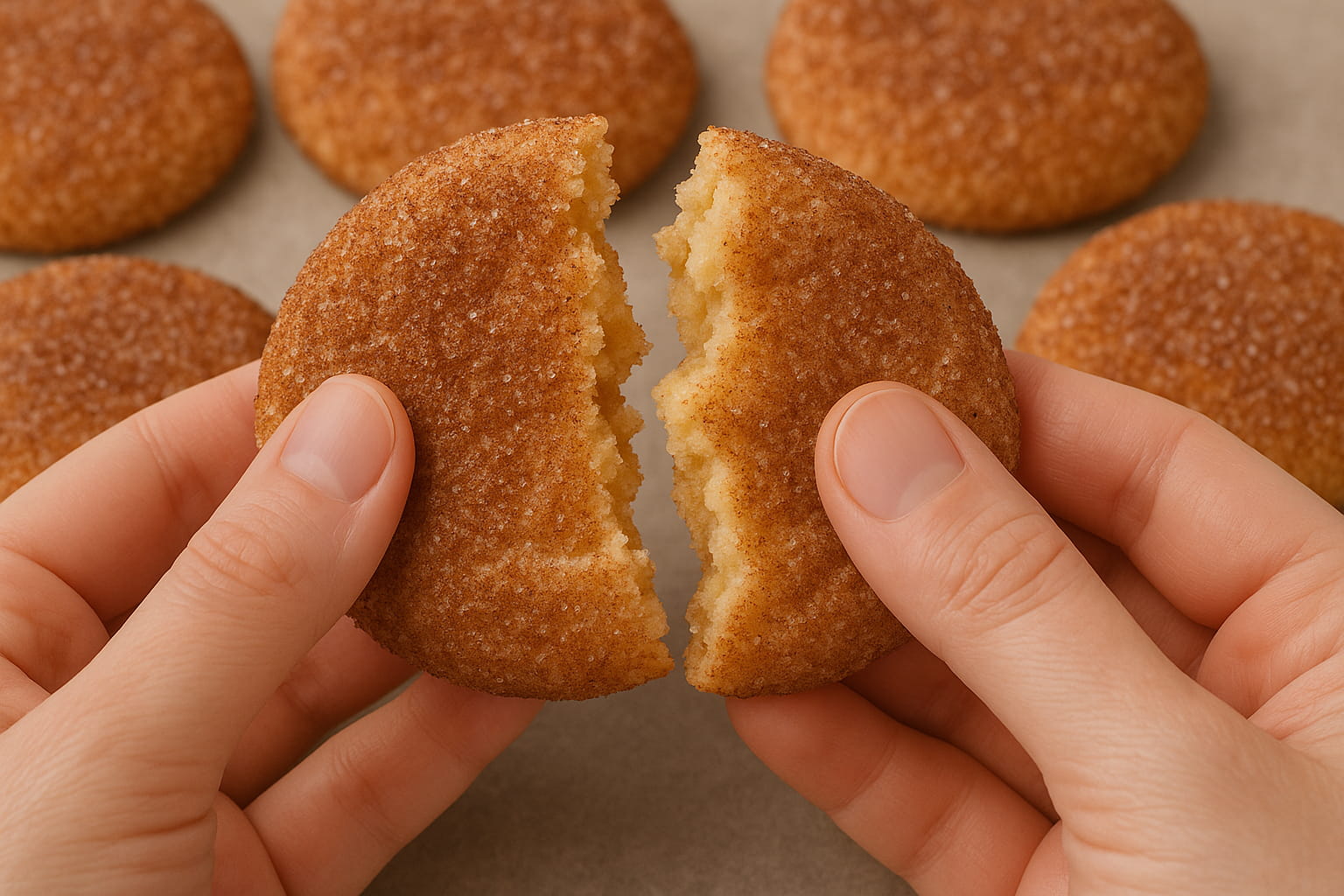
Indulge in the warm embrace of autumn with Pumpkin Spice Snickerdoodles - soft, spiced, and utterly irresistible! The Recipe Pumpkin Spice Snickerdoodles Prep Time: 10 minutes Cook Time: 1 hour ...
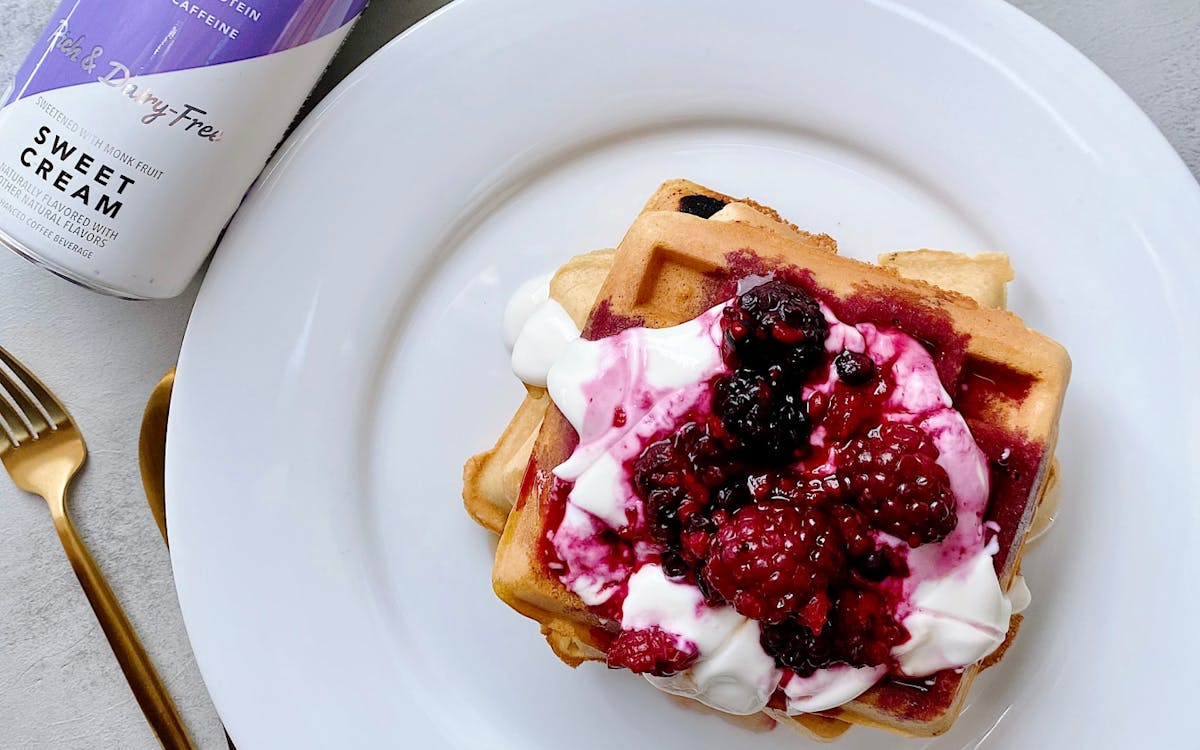
Low Carb Berries & Cream Waffles
These low carb/low sugar waffles are delicious, wonderfully crispy on the outside, and fluffy on the inside. You can also double batch and freeze for easy weekday breakfasts. Featuring our almost-...
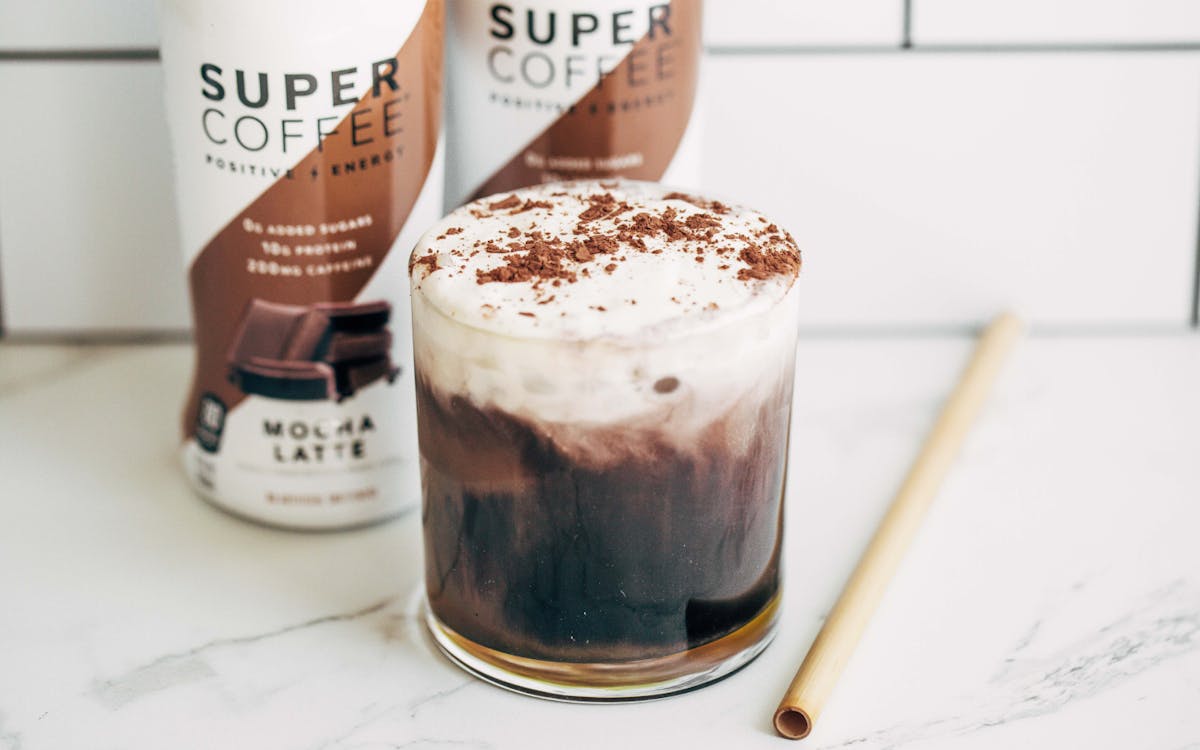
This may be the most fun latte recipe we’ve tried yet! With gooey & decadent black chocolate drizzle and a thick layer of creamy French Vanilla, just one sip of this iced latte will transport ...
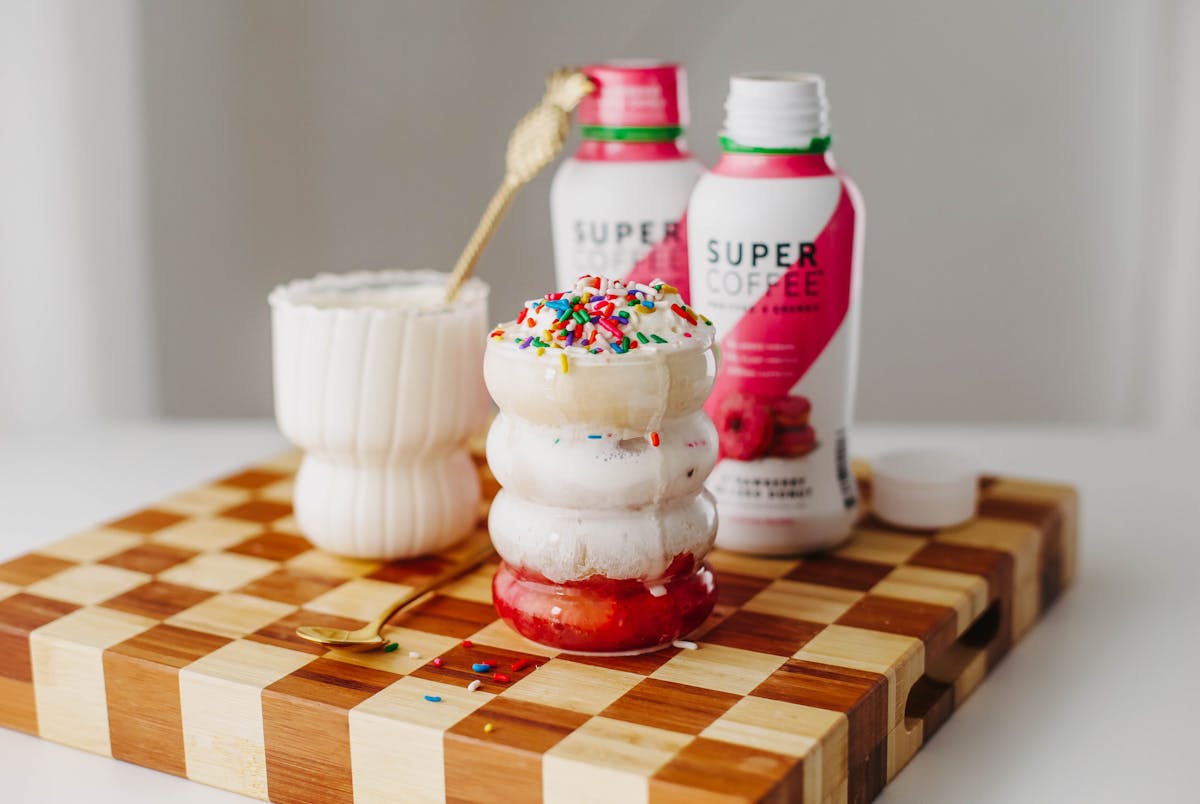
Strawberry Sprinkle Keto Coffee Recipe
Nutritional Info Calories: 274 Fat: 26.7g Carbs: 5.7g Protein: 4.5g Sugar: 2.1g Ingredients 3 strawberries, sliced. 3-4 tbsp heavy cream or half & half. Enough ice to fill a glass. 1/2 cup S...
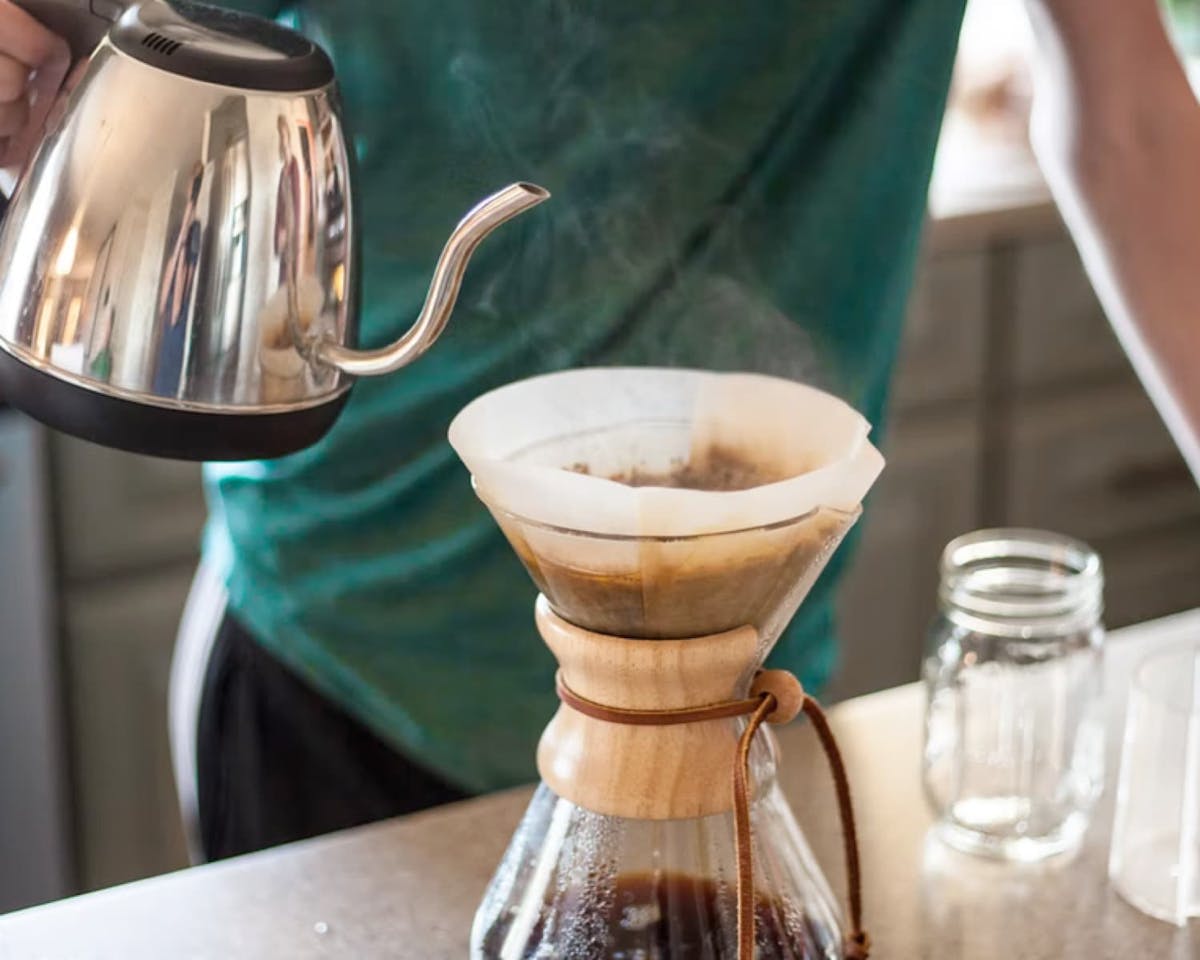
8 Healthy Coffee Recipes That Are Better Than Starbucks
There’s no question about it. Coffee is good for you. Those who don’t like black coffee, of course, commonly add milk, cream and sugar – even if that also means adding calories, fat or carbs to the...



